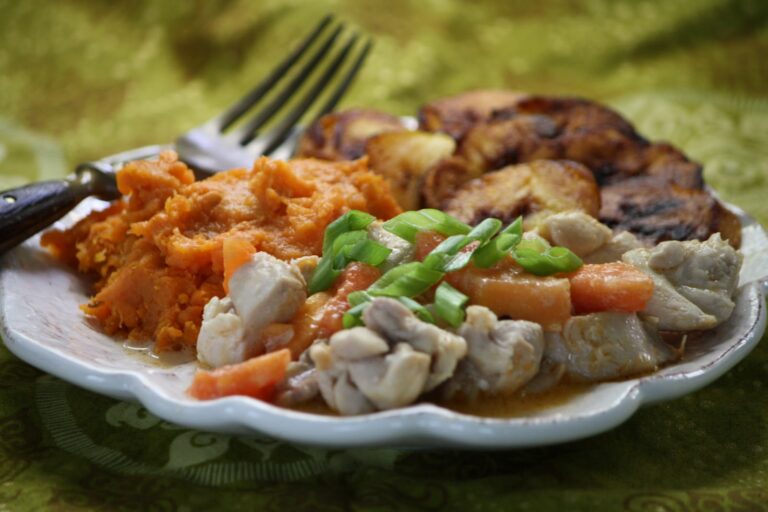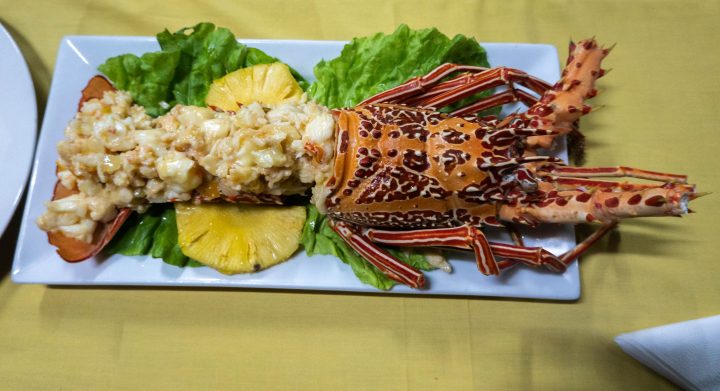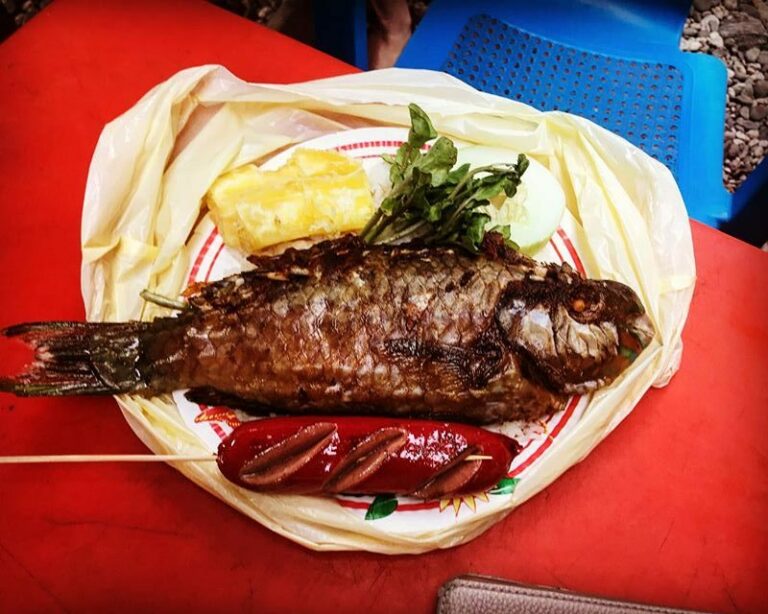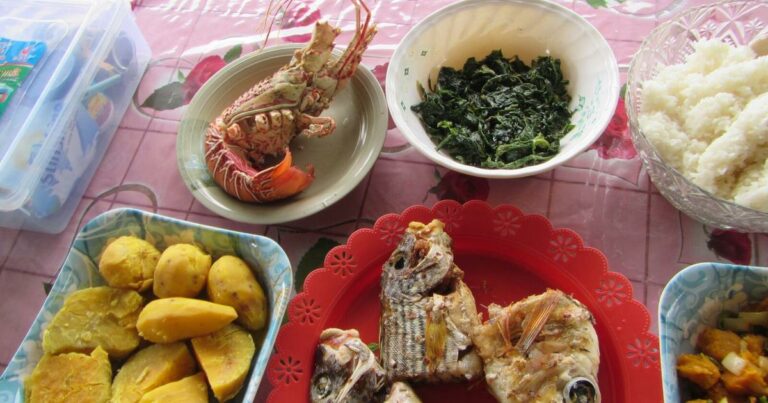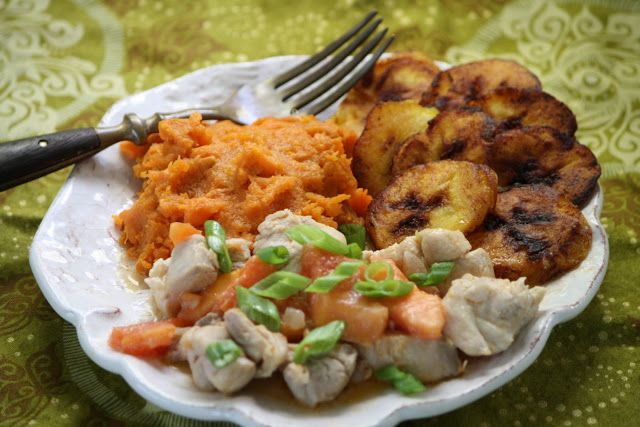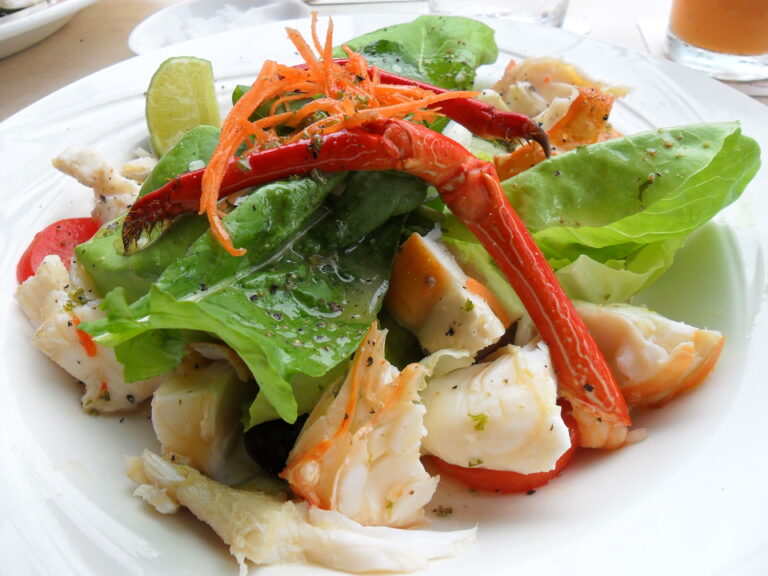Introduction: Pacific Island Cuisines
The Pacific Islands are home to a diverse range of cuisines that are influenced by their unique geography, climate, and cultural traditions. The cuisines of the Pacific Islands are characterized by their use of fresh seafood, coconut, taro, and tropical fruits.
Overview of Solomon Islands Cuisine
Solomon Islands cuisine is distinct from other Pacific Island cuisines in its use of indigenous ingredients and cooking methods. The cuisine is known for its fresh seafood dishes and tropical fruits, as well as its use of root vegetables such as taro and cassava. Unlike other Pacific Island cuisines, Solomon Islands cuisine does not rely heavily on coconut, and instead makes use of other local ingredients such as kumara and yams.
Indigenous Ingredients and Cooking Methods
The use of indigenous ingredients and cooking methods is a defining feature of Solomon Islands cuisine. The cuisine makes use of traditional cooking techniques such as pit cooking, where food is cooked in an underground oven known as a “mamanu”. Fresh seafood is a staple ingredient in Solomon Islands cuisine, with dishes such as “kokoda” – raw fish marinated in lime juice and coconut cream – being a popular dish. Other popular ingredients in Solomon Islands cuisine include wild game such as deer and wild pig, as well as tropical fruits such as pineapple, mango, and papaya.
Influences from Asian and European Cuisines
While Solomon Islands cuisine is heavily influenced by indigenous ingredients and cooking methods, it has also been influenced by Asian and European cuisines. The cuisine makes use of spices such as ginger, garlic, and chili – which were introduced by Chinese and Indian traders – as well as cooking techniques such as stir-frying and deep-frying. European influences on Solomon Islands cuisine can be seen in dishes such as “fish and chips” – a dish that was introduced by British colonizers.
Regional Variations in Pacific Island Cuisines
While there are similarities between the cuisines of the Pacific Islands, there are also regional variations that make each cuisine unique. For example, the cuisine of Fiji is characterized by its use of coconut milk and taro, while the cuisine of Samoa is known for its use of breadfruit and coconut cream. In contrast, Solomon Islands cuisine is known for its use of fresh seafood and root vegetables.
Conclusion: Rich Diversity of Pacific Island Cuisines
In conclusion, the cuisines of the Pacific Islands are diverse and rich in flavor, with each cuisine reflecting the unique history and culture of the islands. Solomon Islands cuisine stands out for its use of indigenous ingredients and cooking methods, as well as its influences from Asian and European cuisines. Whether you are a fan of fresh seafood, tropical fruits, or spicy dishes, there is something for everyone in the cuisine of the Pacific Islands.



